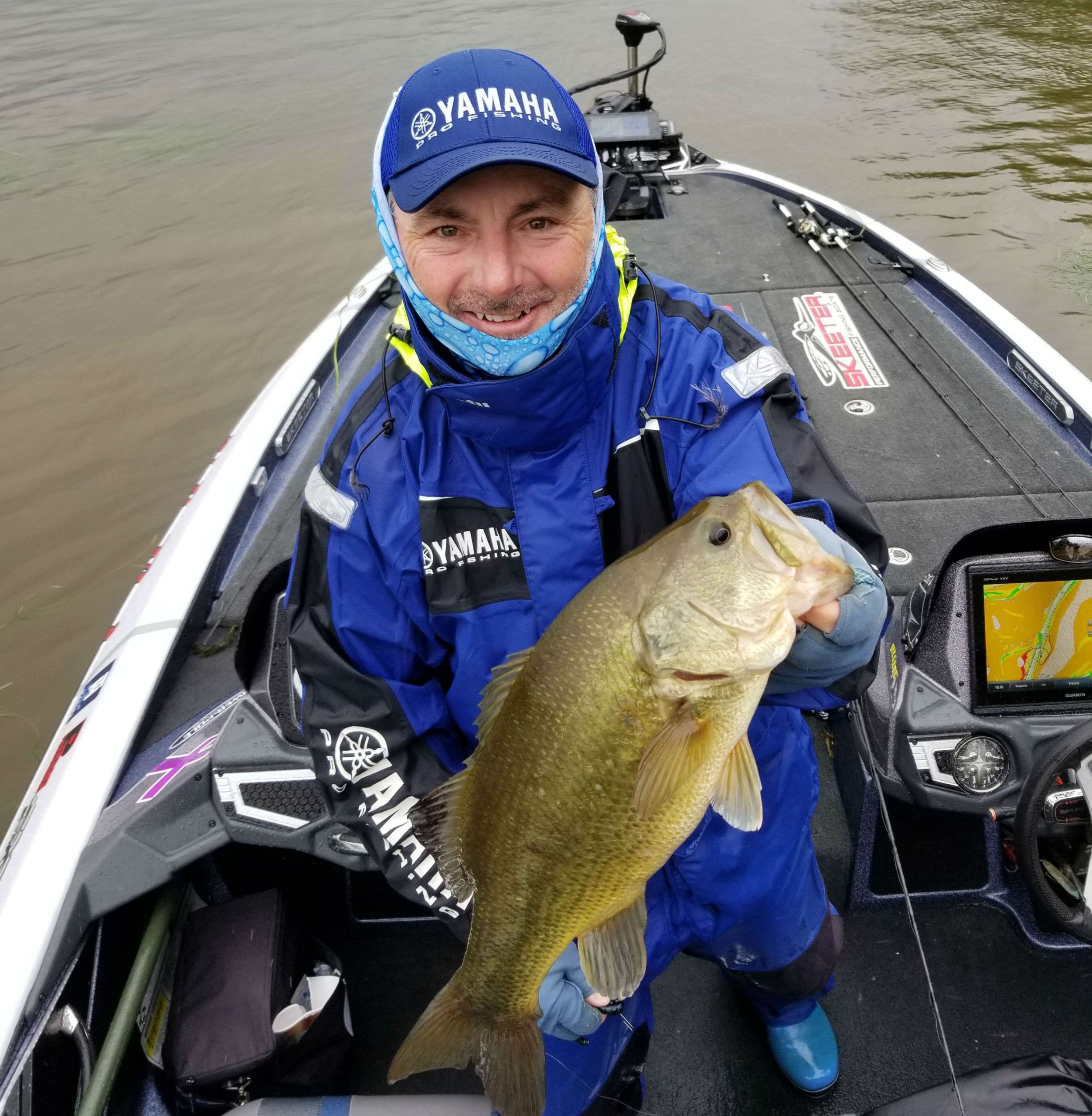
Fishing offshore is no big deal, and there’s no reason to fear it, if you think right and do the right things.
When I said it’s no big deal I meant that from a fishing point of view. It’s most definitely a big deal from a catching point of view. During most of the year there are as many, or more, bass offshore as there are on the bank. And, most offshore structure doesn’t get anything close to the pressure that the big laydown gets right along the bank, the one every angler and their brother-in-law can see from 100 yards away.
Fishing offshore isn’t complicated, either, if you think of it as nothing more than fishing a shoreline that’s covered over with water. Maybe you can’t see it like you can the bank, but it’s there.
There are places offshore where the water goes shallow and there are places where the water drops off into the deep. You’ll find rock out there, too, as well as wood and maybe some discarded trash lying around — barrels, buckets, a chair and whatever else gets washed or thrown into the lake.
It’s all the same, offshore or in front of the dirt. The only difference is that the shore is bordered on one side by land and the offshore place is bordered on all sides by water. That’s a good thing because instead of fishing 180 degrees of structure and cover you can now fish 360 degrees of structure and cover.
That thinking applies to everything and anything you find out there. A break, a hump, a rock pile, a brush pile or a piece of trash that’s been washed into the lake or discarded by a careless person.
Being able to fish a full circle around something is critical. I can’t tell you the number of times I’ve changed the direction or angle of my presentation and changed my catch rate. Sometimes they want it from one direction but then at other times they want it from a different direction. You can’t do that from the bank, but you can do it when you’re offshore.
Back in the old days it took many hours of fishing and testing to properly mark an underwater shoreline. But that was back then. Today you can see everything you need to see on any decent map — electronic or paper — and then mark it more accurately with your electronics.
If you’re doing some really precise fishing, you might want to go even farther back into those old days and throw out a marker buoy or two. No matter how good your SONAR and your GPS might be there’s always an error factor, and it varies from one day to the next.
I throw my markers out over the same shoulder, usually towards open water and at about the same distance. I always know exactly where it’s at in relation to the structure I’m targeting. It’s a habit I learned years ago that’s made my fishing more efficient and more productive.
Don’t be buffaloed by offshore bass fishing. You’ll be amazed at the results.
Next time we’ll sing our praises to the much maligned freshwater drum.

